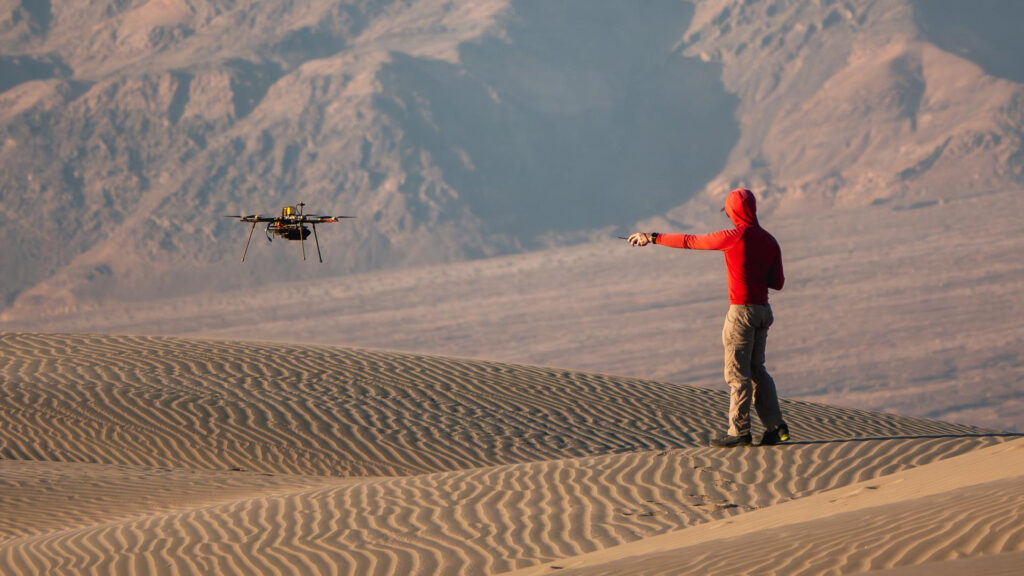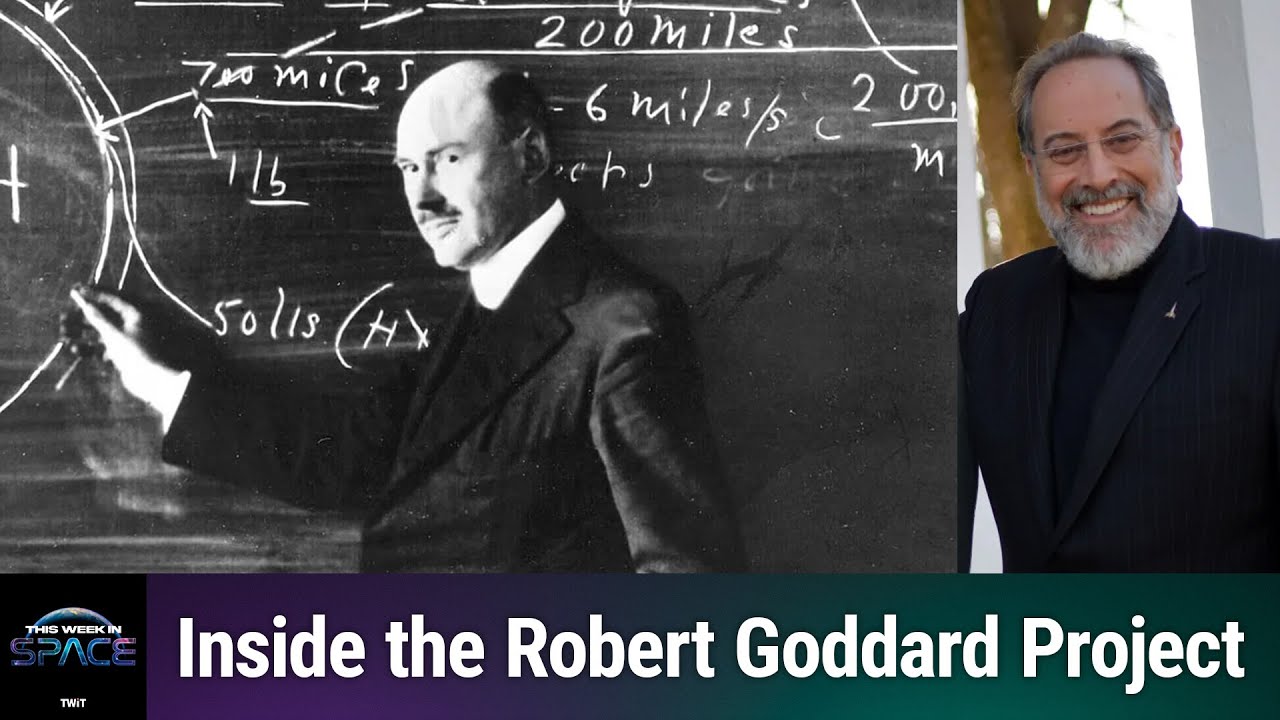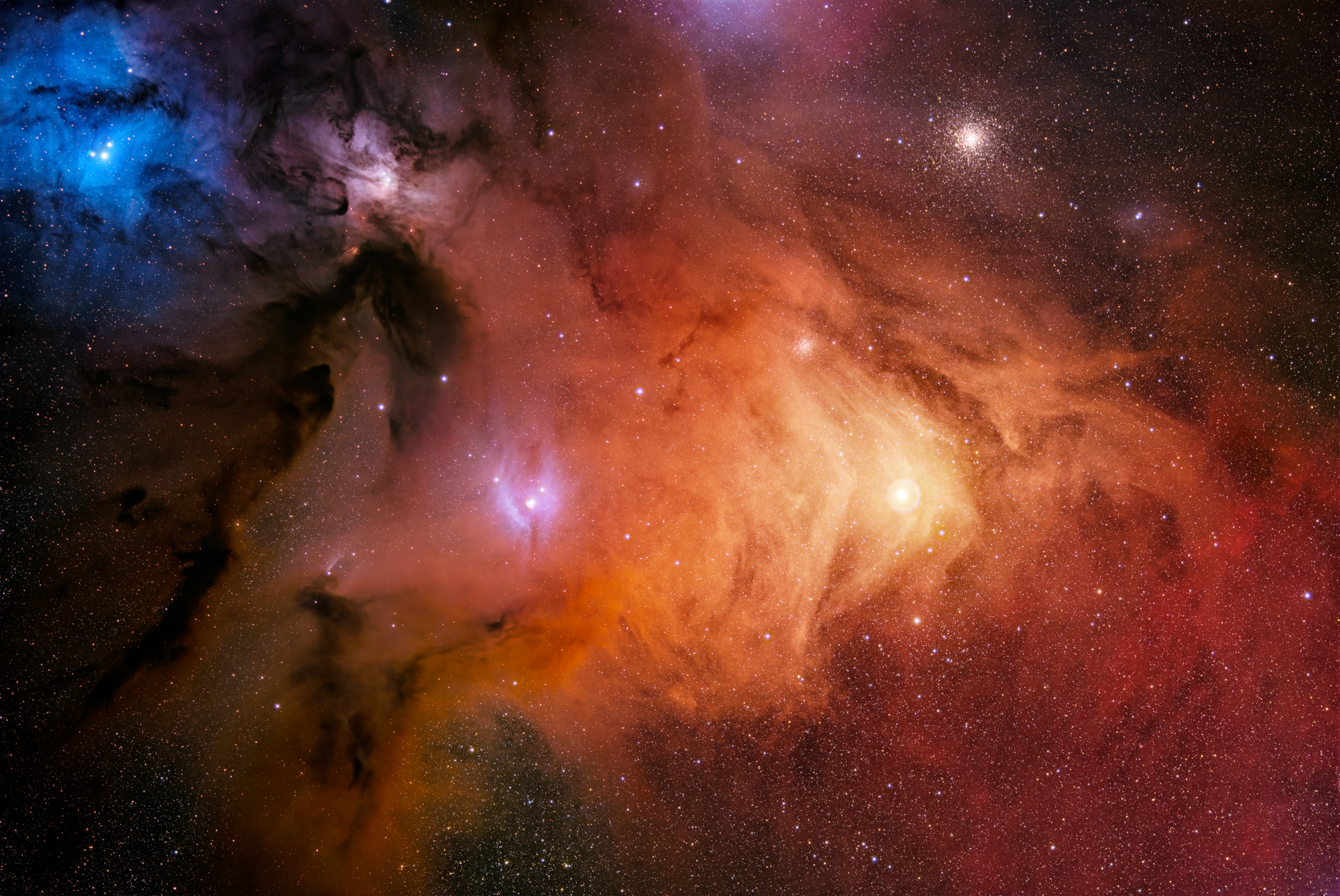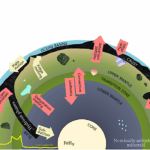Now Reading: Failed Soviet Venus lander Kosmos 482 crashes to Earth after 53 years in orbit
-
01
Failed Soviet Venus lander Kosmos 482 crashes to Earth after 53 years in orbit
Failed Soviet Venus lander Kosmos 482 crashes to Earth after 53 years in orbit
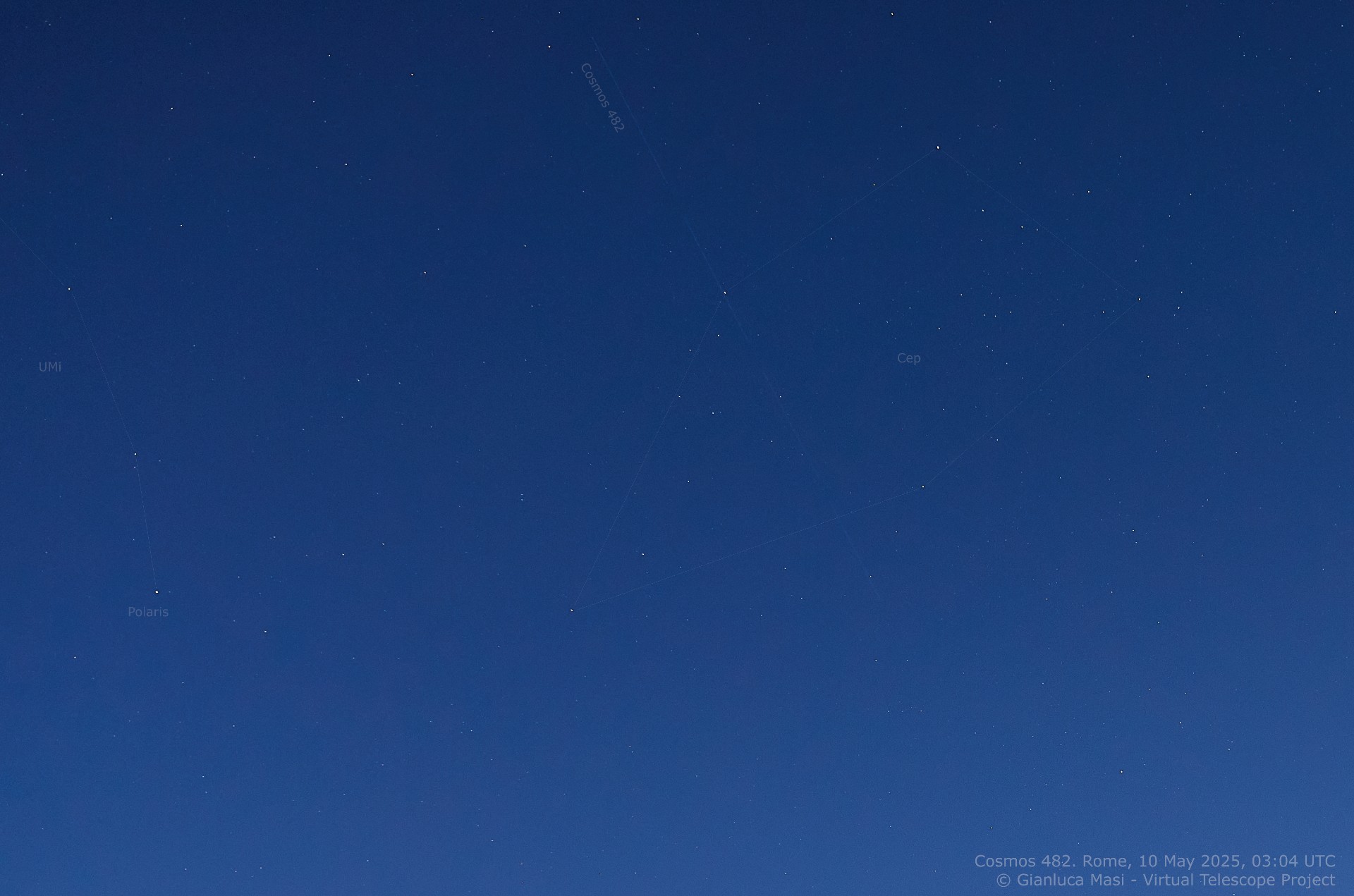
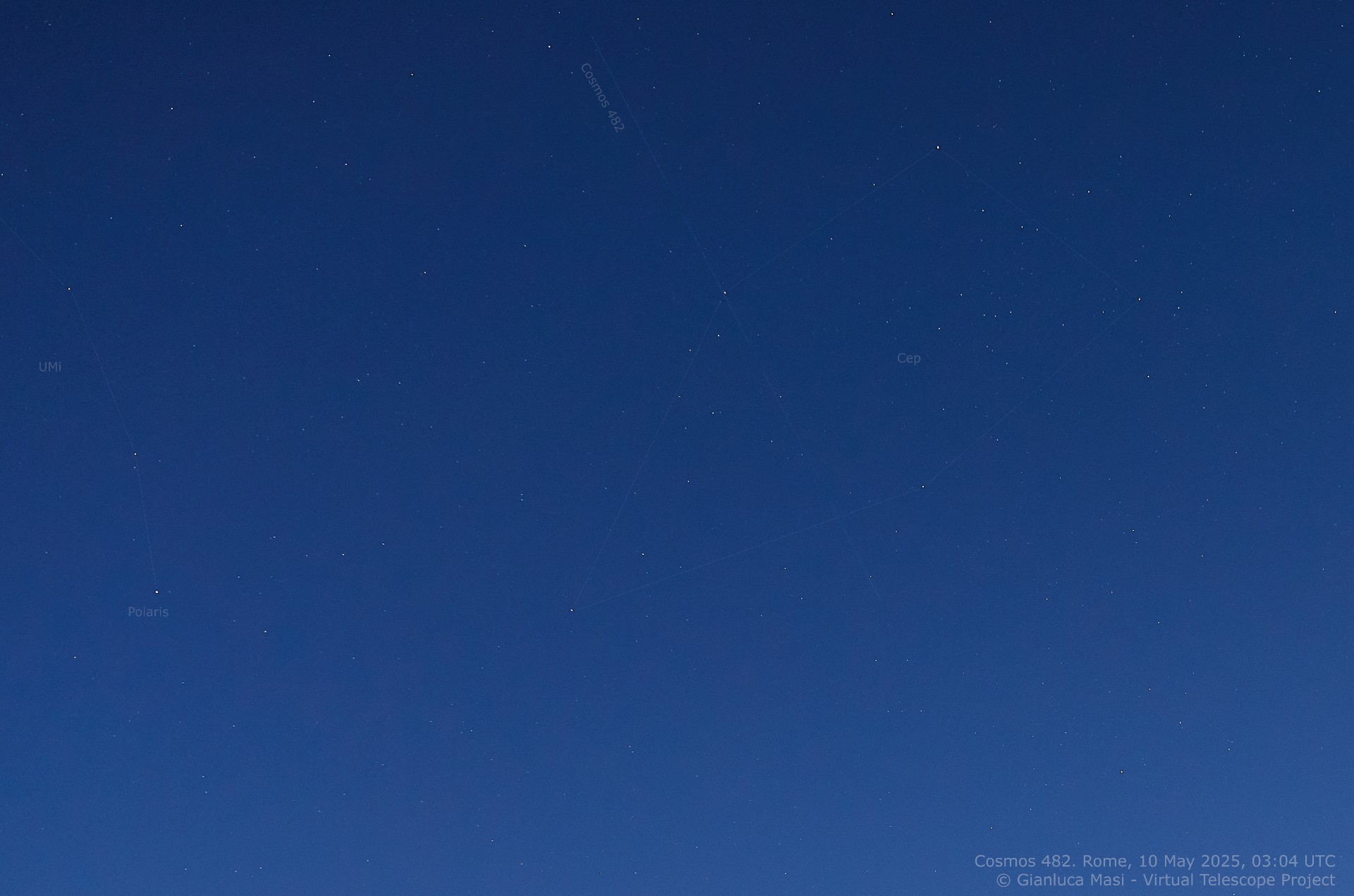
A failed Soviet Venus lander’s long space odyssey has come to an end.
The Kosmos 482 probe crashed to Earth today (May 10) after circling our planet for more than five decades. Reentry occurred at 2:24 a.m. ET (0624 GMT or 9:24 a.m. Moscow time) over the Indian Ocean west of Jakarta, Indonesia, according to Russia’s space agency Roscosmos. Kosmos 482 appears to have fallen harmlessly into the sea.
Astronomer Gianluca Masi of the Virtual Telescope Project caught an image of Kosmos 482 during one of its final orbits as it passed over Rome, Italy just before sunrise on May 10. In the photo, the probe is “visible as a trail entering the field of view from the top and pointing to the bottom right corner,” Masi wrote on his website. “The picture is the sum of four images, this is why the trail of Cosmos 482 looks dashed.”
Earth isn’t the planet that Kosmos 482 was supposed to land on. The spacecraft was part of the Soviet Union’s Venera program, which sent a fleet of probes to Venus in the 1960s, ’70s and early ’80s.
Kosmos 482 launched toward Earth’s hellishly hot sister planet in 1972, but a problem with its rocket stranded the spacecraft in an elliptical orbit around Earth. For the next 53 years, atmospheric drag pulled the probe down slowly but surely, leading to today’s dramatic denouement.
Most large pieces of space junk — decrepit satellites and spent rocket bodies, for example — break apart during their fiery trips back to Earth, creating artificial meteor showers. It’s possible that Kosmos 482 made it down in one piece today, however, given that it was designed to survive a high-speed trip through Venus’ thick atmosphere.
Kosmos 482 is about 3.3 feet (1 meter) wide and weighs about 1,190 pounds (495 kilograms). If it didn’t break apart during reentry, it likely hit Earth’s surface going about 150 mph (240 kph), according to Dutch satellite tracker Marco Langbroek.
In that scenario, “the kinetic energy at impact is similar to that of a 40-55 cm [16 to 22 inches] large (after ablation) meteorite fragment,” Langbroek wrote in a blog post recently.
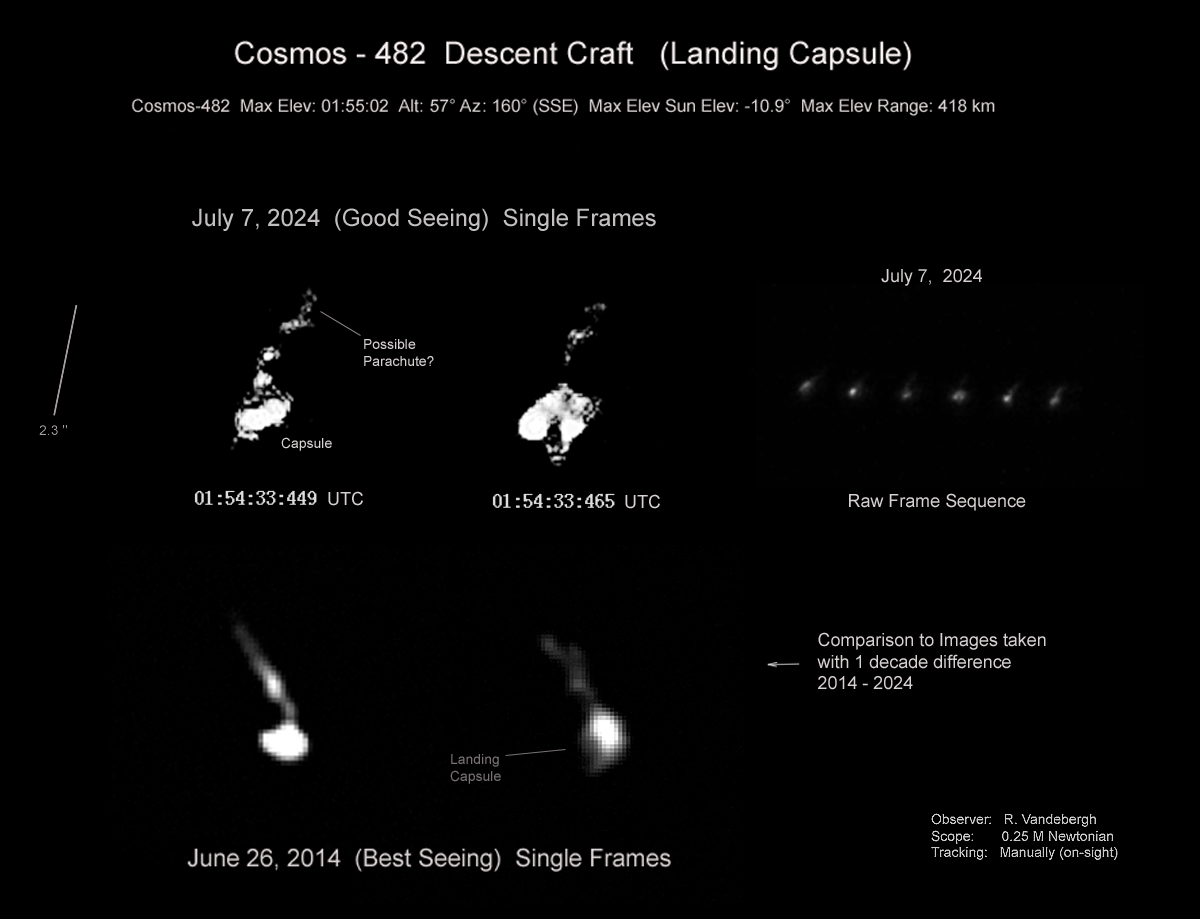
Related stories:
Kosmos 482’s fall draws attention to our planet’s growing space junk problem. On average, three sizeable pieces of debris crash back to Earth every day — and that number is only going to go up.
According to the European Space Agency (ESA), Earth orbit hosts about 14,240 satellites, 11,400 of which are active. Most of the operational craft belong to SpaceX’s Starlink broadband megaconstellation, which currently consists of about 7,200 satellites but is growing all the time.
Other megaconstellations are under construction as well. For example, Amazon just launched the first big batch of spacecraft for its Project Kuiper broadband network, which will eventually harbor 3,200 satellites, if all goes according to plan. And rockets have lofted satellites for two different Chinese megaconstellations, each of which is designed to host at least 13,000 spacecraft.
“With the increasing space traffic, we expect that reentry frequencies increase further in the future,” ESA officials wrote in a Kosmos 482 blog post.
The risk of injury or property damage from each individual reentry is very small, given that much debris burns up in the air and the pieces that don’t usually come down in the ocean or on unoccupied land. But as the reentry volume goes up, so too do the odds of a destructive impact.
There are other potential consequences as well. For instance, researchers are calling attention to the pollution created by reentering satellites, which could damage Earth’s ozone layer and also affect our planet’s climate.
Stay Informed With the Latest & Most Important News
Previous Post
Next Post
-
 012024 in Review: Highlights from NASA in Silicon Valley
012024 in Review: Highlights from NASA in Silicon Valley -
 02Panasonic Leica Summilux DG 15mm f/1.7 ASPH review
02Panasonic Leica Summilux DG 15mm f/1.7 ASPH review -
 03From Polymerization-Enabled Folding and Assembly to Chemical Evolution: Key Processes for Emergence of Functional Polymers in the Origin of Life
03From Polymerization-Enabled Folding and Assembly to Chemical Evolution: Key Processes for Emergence of Functional Polymers in the Origin of Life -
 04How New NASA, India Earth Satellite NISAR Will See Earth
04How New NASA, India Earth Satellite NISAR Will See Earth -
 05And Thus Begins A New Year For Life On Earth
05And Thus Begins A New Year For Life On Earth -
 06Astronomy Activation Ambassadors: A New Era
06Astronomy Activation Ambassadors: A New Era -
07SpaceX launch surge helps set new global launch record in 2024












